ABOUT
The Northern Life Museum
The NORTHERN LIFE MUSEUM & CULTURAL CENTRE holds what is considered among the best collection of northern native and early white settlement material in Canada. Our collection is comprised of over 17,000 artifacts including traditional work of the Inuit, Inuvialuit, Dene and Metis, as well as mission, trade, pioneer and portage items. Displays include a reconstructed trapper’s cabin, trading post, natural diorama, beautiful beadwork and clothing, birch bark canoe and a hands-on exhibit of the fur trade. Our natural history exhibit offers the opportunity to view specimens such as the endangered whooping crane, birds of prey and wood bison at close range.
Early beginning
In 1952, Father Francis Ebner became concerned that items of historical importance were disappearing into the hands of the visitors of the north. In order to prevent the loss of these items, a collection was begun with the items donated by a wide variety of people. The collection was first put on display at St. Patrick’s School in Yellowknife, and later moved to St Paul’s School in Hay River, NWT. The collection increased gradually. In 1965 Brother Henri Sarreault began assisting with the gathering of artifacts by purchasing and encouraging donations.
In order to protect the collection and make it more accessible, it was moved to Grandin College in Fort Smith, where display cases were constructed by the Oblate Brothers. In 1972 the Northern Anthropological and Cultural Society was founded by long-time resident of Fort Smith: Darrell Clarkson, Bishop Paul Piché, Paul W. Kaeser, SR., Ernie Kuyt, Brother Henri Sarreault, Peter Verhesen and Herman Pieper who served as its first Board of Directors. In 1974 the Oblate collection was placed in the newly constructed Northern Life Museum. The collection numbered over 10,000 artifacts, some dating back before the time of European contact. It included Inuvialuit, Dene, Cree and Métis traditional, items, as well as non-native trade and pioneer items. The collection also includes many natural historical specimens. As a Museum of the North, it was created to reflect the factors of isolation, harsh climate, vast distance, sparse population, fur trade, missionaries, river transportation and the immense presence of the wilderness.

